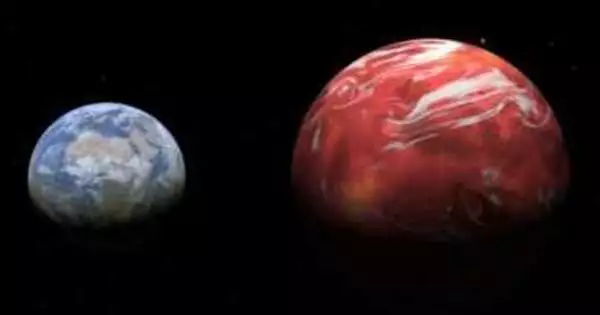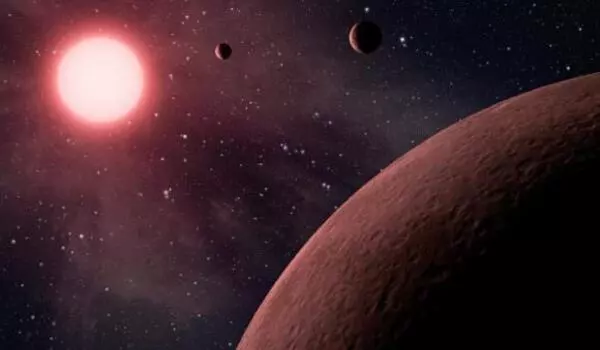A super-Earth planet has been discovered near the habitable zone of a red dwarf star 37 light-years away. This is the first discovery made by a new instrument on the Subaru Telescope, and it opens up the possibility of life on planets orbiting nearby stars. With such a successful first result, we can expect the Subaru Telescope to find more, potentially even better, candidates for habitable planets around red dwarfs in the future.

The habitability of red dwarf systems is thought to be determined by a large number of factors originating from various sources. Due to their low stellar flux, high probability of tidal locking, small circumstellar habitable zones, and the high stellar variation experienced by planets of red dwarf stars, planets in red dwarf systems are unlikely to be habitable, according to modern evidence. The ubiquity and longevity of red dwarfs, on the other hand, may provide ample opportunity for any possibility of habitability to be realized.
Because red dwarf stars are by far the most common type of star in the universe, astronomers investigate how each of the numerous factors, and their interactions, may affect their habitability in order to learn more about the frequency and most likely locations of extraterrestrial life and intelligence.
The first fruits of this search are signs of a super-Earth four times the mass of the Earth circling the star Ross 508, which is 37 light-years away in the constellation Serpens. Ross 508 b has a year of only 11 Earth days and is located at the inner edge of the habitable zone around its host star.
Red dwarf stars, which are smaller than the Sun, account for three-quarters of the stars in the Milky Way Galaxy and are abundant in the Sun’s neighborhood. As such, they are important targets in the search for nearby extraterrestrial planets and life. However, red dwarfs are cool and emit little visible light when compared to other types of stars, making them difficult to study.
In the infrared wavelengths red dwarfs are brighter. So the Astrobiology Center in Japan developed an infrared observational instrument mounted on the Subaru Telescope to search for signs of planets around red dwarf stars. The instrument is called IRD for Infrared Doppler, the observational method used in this search.

Super-Earth skimming habitable zone of red dwarf
Red dwarf stars are the smallest, most common, and coolest type of star. Estimates range from 70% of stars in spiral galaxies to more than 90% of all stars in elliptical galaxies, with a commonly quoted median figure of 72-76 percent of stars in the Milky Way (known since the 1990s from radio telescopic observation to be a barred spiral). Red dwarfs belong to the M spectral type.
Red dwarfs are almost never visible to the unaided eye from Earth due to their low energy output; neither the closest red dwarf to the Sun when viewed individually, Proxima Centauri (which is also the closest star to the Sun), nor the closest solitary red dwarf, Barnard’s star, is anywhere near visual magnitude. Only Lacaille 8760 (+6.7) is visible to the naked eye, and only under ideal viewing conditions.
The first fruits of this search are signs of a super-Earth four times the mass of the Earth circling the star Ross 508, which is 37 light-years away in the constellation Serpens. Ross 508 b has a year of only 11 Earth days and is located at the inner edge of the habitable zone around its host star. Interestingly, there are indications that the orbit is elliptical, which would mean that the planet would be in the habitable zone for a portion of the orbit, the region where conditions would be favorable for liquid water to exist on the planet’s surface. More research is needed to determine whether or not there is water or life.
The fact that the first planet discovered using this new method is so close to the habitable zone seems too good to be true, but it bodes well for future discoveries. Bun’ei Sato, a Professor at the Tokyo Institute of Technology and the search’s principal investigator, says, “It has been 14 years since the inception of IRD. We have continued our development and research in the hopes of discovering a planet similar to Ross 508 b.”





